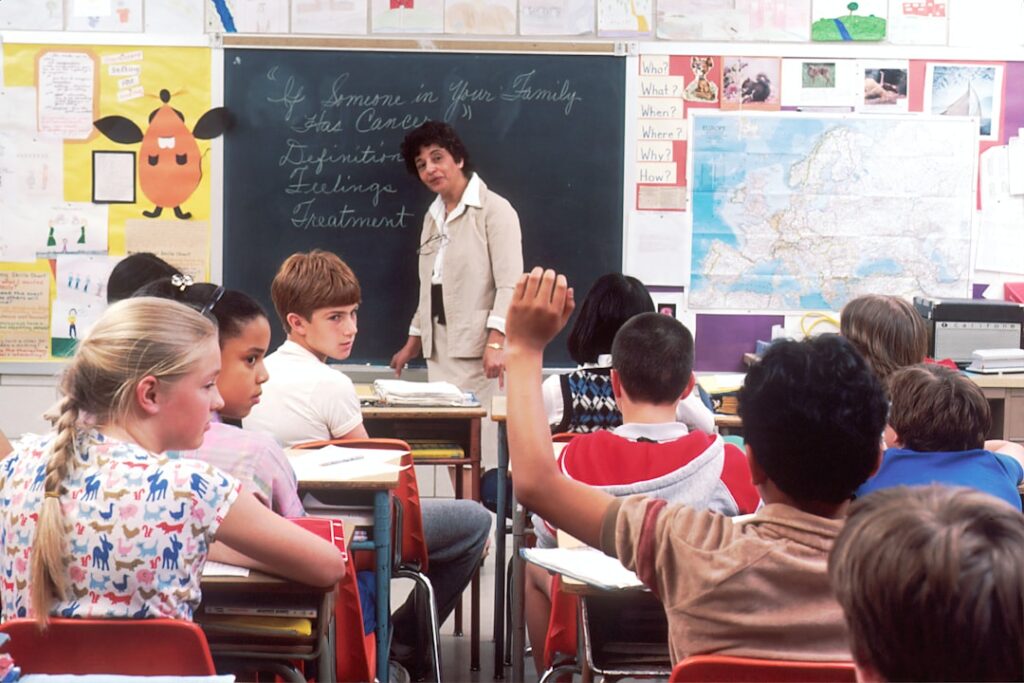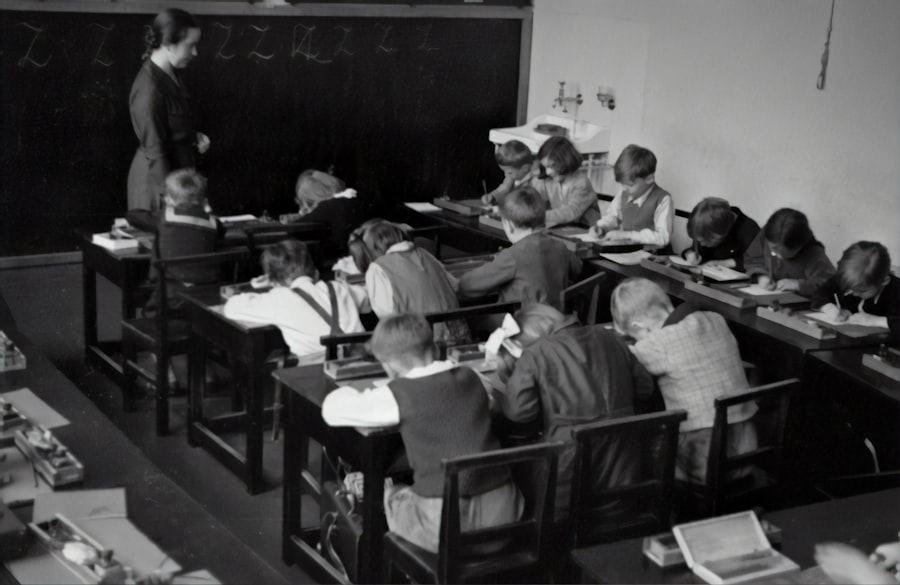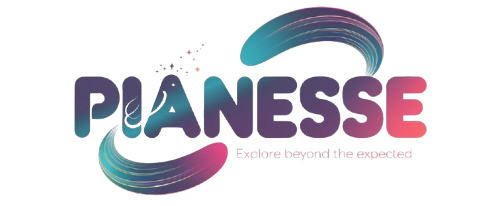Is Education in Texas Improving?

Education in Texas is a vast and complex system that reflects the state’s diverse population and its commitment to providing quality learning opportunities for all students. With a student enrollment exceeding 5 million across more than 1,200 school districts, Texas boasts one of the largest public education systems in the United States.
The Texas Education Agency (TEA) oversees public education, ensuring compliance with state laws and regulations while promoting academic excellence. The state’s educational framework is shaped by various factors, including demographic diversity, economic disparities, and regional differences. Texas is home to a rich tapestry of cultures, languages, and traditions, which influences the educational experience for many students.
The state’s commitment to education is evident in its policies aimed at improving academic performance, increasing graduation rates, and preparing students for college and careers. However, the journey toward educational excellence is fraught with challenges that require ongoing attention and innovative solutions.
Key Takeaways
- Education in Texas is a complex system with various factors impacting student success.
- Standardized test scores in Texas have shown improvement in recent years, but there is still room for growth.
- Graduation rates in Texas have been on the rise, but college readiness remains a concern.
- Teacher quality and professional development are crucial for improving education in Texas.
- Access to educational resources and technology varies across different regions in Texas.
Standardized Test Scores and Academic Achievement
Assessing Student Performance
Standardized testing has become a cornerstone of educational assessment in Texas, with the State of Texas Assessments of Academic Readiness (STAAR) serving as the primary tool for measuring student performance in grades 3 through 8 and high school. These assessments are designed to evaluate students’ mastery of the Texas Essential Knowledge and Skills (TEKS) curriculum, which outlines the academic standards for each grade level.
Disparities in Test Scores
In recent years, Texas has seen fluctuations in standardized test scores across various demographics. For instance, while some districts have reported improvements in math and reading scores, others continue to struggle with low performance levels, particularly among economically disadvantaged students and English language learners. This disparity highlights the need for targeted interventions and support systems to ensure that all students have access to quality education that meets their individual needs.
Limitations of Standardized Testing
Moreover, critics argue that an overemphasis on standardized testing can lead to a narrow focus on test preparation rather than fostering a well-rounded educational experience that encourages critical thinking and creativity.
Graduation Rates and College Readiness

Graduation rates in Texas have shown a positive trend over the past decade, with the state achieving an overall graduation rate of approximately 90% as of 2021. This achievement reflects the concerted efforts of educators, policymakers, and community organizations to implement programs aimed at keeping students engaged and on track to graduate. Initiatives such as early warning systems, mentoring programs, and alternative education pathways have been instrumental in supporting at-risk students and reducing dropout rates.
However, while graduation rates are encouraging, the issue of college readiness remains a significant concern. Many high school graduates find themselves unprepared for the rigors of higher education or the demands of the workforce. According to data from the Texas Higher Education Coordinating Board, only about half of high school graduates meet the criteria for college readiness in subjects like math and reading.
This gap underscores the importance of aligning high school curricula with postsecondary expectations and providing students with the necessary skills to succeed in their future endeavors.
Teacher Quality and Professional Development
| Metrics | 2018 | 2019 | 2020 |
|---|---|---|---|
| Teacher Retention Rate | 85% | 87% | 89% |
| Professional Development Hours | 40 hours | 45 hours | 50 hours |
| Teacher Satisfaction Survey | 4.2 | 4.5 | 4.8 |
The quality of teachers is a critical factor influencing student success in Texas schools. Research consistently shows that effective teaching is one of the most significant predictors of student achievement. In response to this understanding, Texas has implemented various initiatives aimed at enhancing teacher quality through professional development programs, mentorship opportunities, and performance evaluations.
The state recognizes that investing in teachers not only benefits their professional growth but also has a direct impact on student learning outcomes. Professional development in Texas encompasses a wide range of activities designed to equip educators with the latest pedagogical strategies and content knowledge. For instance, many districts offer workshops focused on differentiated instruction, culturally responsive teaching, and technology integration in the classroom.
Additionally, mentorship programs pair novice teachers with experienced educators to provide guidance and support during their early years in the profession. Despite these efforts, challenges remain in attracting and retaining high-quality teachers, particularly in underserved areas where teacher shortages are prevalent.
Access to Educational Resources and Technology
Access to educational resources and technology is a crucial component of modern education in Texas. The digital divide remains a pressing issue, particularly in rural areas where internet connectivity may be limited. The COVID-19 pandemic exacerbated these disparities as schools transitioned to remote learning, highlighting the urgent need for equitable access to technology for all students.
In response, various initiatives have emerged to bridge this gap, including partnerships between school districts and technology companies aimed at providing devices and internet access to underserved communities.
Schools that are well-resourced can offer a broader range of courses, advanced placement options, and extracurricular activities that foster student engagement and personal growth.
However, disparities in funding often result in unequal access to these resources across different districts. Addressing these inequities is essential for ensuring that all students have the opportunity to thrive academically and socially.
Funding and Budget Allocation for Education

Funding for education in Texas is primarily derived from a combination of state funding, local property taxes, and federal grants. The state’s school finance system has undergone several reforms over the years aimed at addressing disparities in funding among districts. However, challenges persist as some districts continue to struggle with inadequate resources while others benefit from more substantial financial support due to higher property values.
The allocation of funds plays a critical role in determining the quality of education that students receive. Districts with limited budgets may face difficulties in hiring qualified teachers, maintaining facilities, or providing essential programs such as counseling services or special education support. In recent years, advocacy groups have called for increased investment in public education to ensure that all students have access to high-quality learning environments.
Legislative efforts have sought to address these concerns by proposing measures to increase funding levels and promote equitable distribution across districts.
Educational Equity and Diversity
Educational equity is a fundamental principle guiding Texas’s approach to public education. The state’s diverse population presents both opportunities and challenges in achieving equity for all students. Efforts to promote inclusivity have led to initiatives aimed at addressing the needs of historically marginalized groups, including students from low-income backgrounds, English language learners, and students with disabilities.
Programs designed to support educational equity often focus on culturally responsive teaching practices that recognize and celebrate diversity within the classroom. For example, some districts have implemented bilingual education programs that not only support language acquisition but also affirm students’ cultural identities. Additionally, initiatives aimed at increasing representation among educators can help create a more inclusive environment where all students feel valued and understood.
However, achieving true equity requires ongoing commitment from educators, policymakers, and communities to dismantle systemic barriers that hinder access to quality education.
Future Challenges and Opportunities for Improvement
As Texas continues to navigate the complexities of its educational landscape, several challenges loom on the horizon. One pressing issue is the need for comprehensive strategies to address learning loss resulting from the COVID-19 pandemic. Many students experienced disruptions in their education that may have long-term implications for their academic progress.
Targeted interventions will be essential in helping these students catch up and succeed. Additionally, as technology continues to evolve rapidly, schools must adapt their curricula and teaching methods to prepare students for an increasingly digital world. This includes not only integrating technology into instruction but also ensuring that students develop critical skills such as digital literacy and problem-solving abilities.
On the other hand, opportunities for improvement abound within Texas’s educational system. Collaborative efforts between schools, families, and community organizations can foster a supportive network that enhances student learning experiences. Furthermore, ongoing investment in teacher training and professional development can empower educators to implement innovative teaching practices that engage students effectively.
In conclusion, while Texas faces significant challenges within its education system, it also possesses numerous opportunities for growth and improvement. By prioritizing equity, investing in resources, and fostering collaboration among stakeholders, Texas can work toward creating an educational environment where every student has the chance to succeed.
FAQs
What is the current state of education in Texas?
The current state of education in Texas has seen improvements in recent years, with increased graduation rates and improvements in standardized test scores.
What initiatives have been implemented to improve education in Texas?
Several initiatives have been implemented to improve education in Texas, including the implementation of the Texas Essential Knowledge and Skills (TEKS) curriculum standards, increased funding for education, and the expansion of early childhood education programs.
Are there any challenges facing education in Texas?
Challenges facing education in Texas include disparities in funding between school districts, high dropout rates in certain areas, and the need for continued improvement in student achievement.
How does Texas compare to other states in terms of education quality?
Texas has made strides in improving education quality, but still lags behind many other states in terms of graduation rates and standardized test scores.
What are the future prospects for education in Texas?
The future prospects for education in Texas are promising, with continued efforts to improve funding, curriculum standards, and teacher training. However, ongoing challenges will need to be addressed to ensure that all students have access to a high-quality education.







